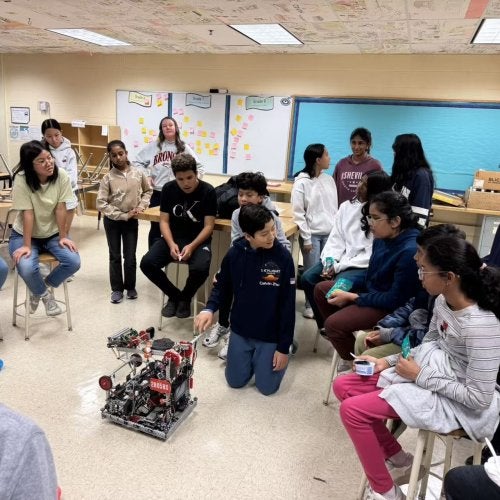Friday, May 31, 2019

MAY 31, 2019 — The National Research Center on Hispanic Children & Families has published "The Early Home Environment of Latino Children: A Research Synthesis", written by the department of Human Development and Quantitative Methodology's Dr. Natasha Cabrera, Center Investigator, and Avery Hennigar, doctoral student.
The report synthesizes what we know about the early home environments of Latino children and the implications for research, programs, and practice. The authors found three broad themes:
- Critical gaps exist in what we know about Latino children’s early home environments. Studies generally focus on few select aspects of the home environment, like time spent in literacy activities, mothers’ education and income, co-parenting, and parenting stress. Aspects like family structure, family processes, and cultural beliefs about parenting are understudied. Additionally, few studies are nationally representative or grounded in theory.
- Studies have centered on deficits, neglecting factors that promote Latino children’s social adaptation. For instance, most studies highlight the ways Latino children compare unfavorably with their peers. And, despite evidence that most Latino children live in two-parent families, fathers are largely missing from the literature. Thus, Latino fathers’ contributions to their children’s development is largely overlooked.
- Few studies explore the diversity of Latinos and the cultural contexts of Latino children’s development. Findings based on a particularly group are often generalized to all Latinos in the United States. Additionally, the field has underexamined how characteristics like socioeconomic status, nativity, and immigration status intersect, as well as the cultural socialization practices that are related to Latino children’s behaviors.


